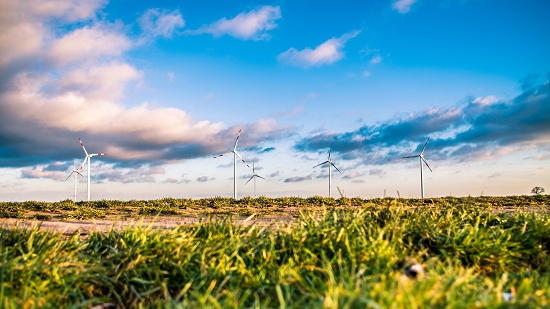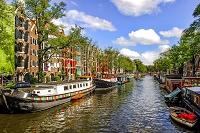
Sample Itinerary

Sustainable Energy in the Netherlands
An educational tour that explores the benefits of advanced design and planning to create a more efficient and energy saving environment.7 to 10 days
Arrival in Amsterdam:
Upon arrival a stop is included at the Ann Frank House. A visit to the designers of the Eco-igloo; an alternative to the normal house that is incredibly efficient and can be built on solid ground or on a floating platform. Visit of the day is to Cabot who also builds floating houses, but these are more conventional. The group will visit a small village using their floating houses later in the tour.

To Utrecht via Wageningen, Gelderland and Zeist:
A visit to Wageningen University, Alterra, with a meeting and discussion on sustainability and fair trade. A stop to view the floating village at Massbommel. Visit the new headquarters for the World Wildlife Fund. An old disused building has been transformed into a spectacular carbon neutral building that uses body heat from the people in the building and heat wells with exchangers, to warm or cool the building.
To Rotterdam via Kinderdijk:
Visit to Utrecht and the university, with its large green living roof, for a discussion about the reduction in waste from research. Kinderdijk is a village known for its iconic 18th-century windmills. Its water-management network features 19 mills and 3 pumping stations, plus dikes and reservoirs that control flooding in the polder.


To The Hague:
A visit to the zoo to see the giraffe house, a sustainable building with many innovative ideas. An excursion to an Eco school with Green Flag status in Rotterdam. Visit of the day is to Tomato World, where they grow 685 million kilograms of tomatoes per year. The company's greenhouses are fed with filtered carbon dioxide captured from the port of Rotterdam. This has two major benefits; lowering carbon dioxide emissions and increasing the productivity of the greenhouses.
Return to Amsterdam:
The tour continues with visits to some of the "Green Roofs"; these are living roofs on the top of some buildings. Then a visit to the GWL Terrein area, designed as an environmental zone. There are minimal opportunities for the use of cars here, and it was built using "green" principles and materials. They also use solar power extensively, combining heat and power to save water, living roofs, recycling - so a great model for future cities.

